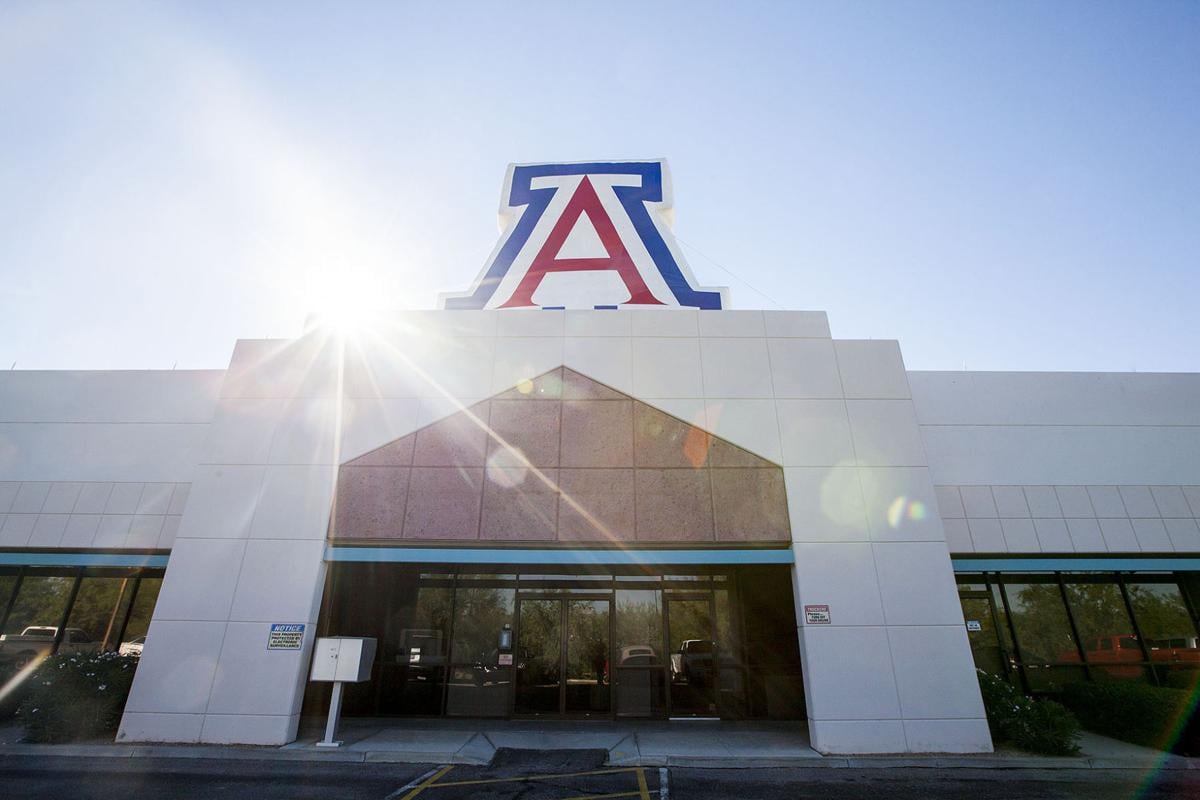The University of Arizona plans to open a new campus in Oro Valley, where future veterinarians can train to work in medical research as well as learn how to treat cats and dogs.
The school wants $8 million from state taxpayers next fiscal year to help launch its fledgling veterinary medical program, to be headquartered in an existing UA building at 1580 E. Hanley Blvd., near North Oracle Road and North First Avenue.
School officials held a news conference Monday at the site and installed a blow-up UA logo on the roof for the occasion.
“This is the beginning of an entire campus, not just one program,” said Shane Burgess, a veterinarian and the dean of UA’s College of Agriculture and Life Sciences.
Oro Valley Mayor Satish Hiremath welcomed the announcement, saying the UA’s presence will boost the town’s economy.
“This campus will bring hundreds of students and their families, as well as university faculty and staff, to our community,” the mayor said in a news release.
The UA wants the state to pay to renovate the site’s 33,000 square feet into classrooms, labs and veterinary operating suites. There will not be large numbers of animals on site, Burgess said.
First-year veterinary students would study at the UA’s main campus, then transfer to Oro Valley for their second, third and fourth years, he said.
Some details are still being worked out, such as where the UA students would live in an upscale community not known for affordable housing. As well, the proposed veterinary program has yet to be accredited by the American Veterinary Medical Association.
Burgess said accreditation is expected to occur next year, with the Oro Valley campus slated to open to students in 2017. The site also will support UA’s participation in the One Health initiative, a global effort to improve the health of humans and animals.
UA President Ann Weaver Hart noted the health of both populations is linked because many human illnesses such as Ebola, bird flu and swine flu started out as animal diseases.
Burgess said the Oro Valley site was chosen in large part because of its proximity to two global biomedical firms, pharmaceuticals giants Sanofi and Ventana Medical Systems, which develop and manufacture instruments and reagents used in cancer diagnostics and in drug development research.
Both firms use animals for research, according to their websites, and under federal rules must have veterinarians present to ensure the creatures don’t suffer needlessly during medical experiments.
“We want to make sure we’re training people for the future biomedical industry, which is growing, and not just focus on cat and dog medicine,” Burgess said.
At the same time, he said, the UA is working on ways to reduce the use of animals in medical training and research.
The new program also would address a shortage of large-animal veterinarians in Arizona’s livestock industry, UA officials have said.
The Legislature previously rejected a UA request to help fund the veterinary program, forcing the school to rely on private donations to get this far.
Burgess wouldn’t speculate on what would happen if the state says no again. “I prefer to be hopeful,” he said.






